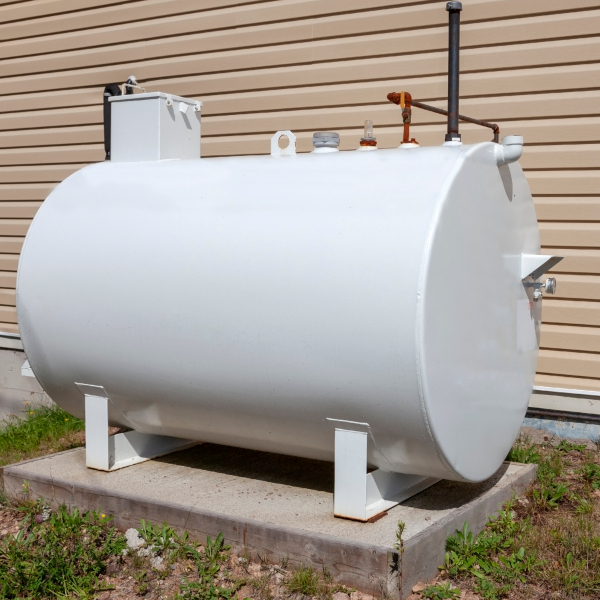The state of residential oil tanks is seldom looked at by homeowners, yet the tanks are crucial to the comfort and security of your home. Owners of homes should make oil tank replacement a top priority, as it can have a direct impact on the infrastructure of their home and its environmental safety.

Oil tanks for residential use are an efficient source of fuel for hot water and heating systems. As time passes, corrosion can set in and cause leaks and environmental hazards. The condition of the oil tank must be evaluated by homeowners, and a replacement is prioritized in the event of a need. Oil tank replacement is more than an economic decision. It is also a way to protect your home and ensure the availability of heating oil.
In the context of Cost
The financial aspect of oil tank replacement is a major consideration for homeowners. The cost of an oil tank replacement can vary depending on the size of the tank the installation and whether it has environmental demands. In order to budget your expenses it is vital to get accurate estimates of costs. Although the initial cost may seem large, it’s an essential step to maintain the safety and security of your home.
Factors Influencing Replacement Costs
Different factors impact the cost of replacing an oil tank. All of these factors have an impact of the total cost, which includes size and design of the tank, as well as accessibility to the installation site. Homeowners must be aware that labor and material costs are also involved, as is any possible upgrades. Homeowners can make better decisions about the cost of replacement if they are aware of these aspects.
Prioritizing Environmental and Safety Considerations
The replacement of storage tanks for oil is motivated by safety and environmental concerns. Tanks that are aging and corrosion-prone can leak and present danger of contamination to soil and groundwater. Removing damaged tanks reduces dangers to the environment, thereby protecting your surroundings and property. Additionally, compliance with strict safety guidelines during new tank installations prevents potential accidents, ensuring household well-being.
How to Select a Reliable Service provider
It is vital to select the right service provider with a good reputation for the replacement of oil tanks. This will ensure that the process is smooth and in compliance. Professions who have expertise in installing and removing oil tanks should be sought by homeowners. A company with a proven track record in replacing oil tanks, paired with the commitment to environmental responsibility and safety, is ideal. Professions with integrity ensure that the needs for replacement of oil tanks are handled with professionalism as well as integrity.
The benefits of the long-term exceed the initial costs.
The long-term advantages of replacing an oil tank are worth the initial cost. The replacement of old tanks will help homeowners save from the cost of expensive remediation and damage to their property caused by leaks. Tank replacements offer increased effectiveness and safety, offering peace of mind as well as the security of a reliable source of heating fuel. The end result is that replacing the oil tank is a proactive measure that protects homes, encourages sustainability and improves longevity of comfort and security.
In conclusion the replacement of oil tanks isn’t just a cost-effective investment but a fundamental step homeowners must take to guarantee the security, efficiency, and sustainability of their property. Through understanding the significance of replacement, taking into account the costs, and prioritizing safety and environmental considerations, homeowners can make informed choices. Through proactive maintenance and accountable replacement, homeowners are able to protect their homes and contribute to a safe and sustainable living space.